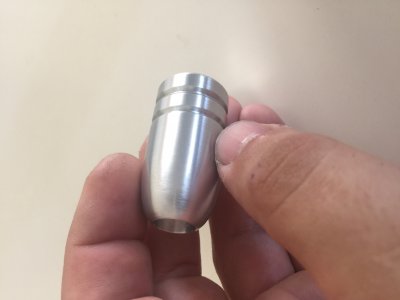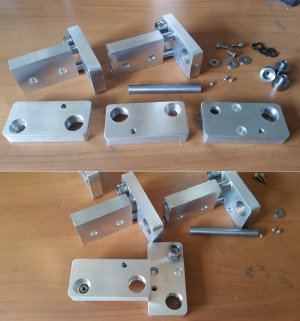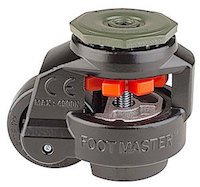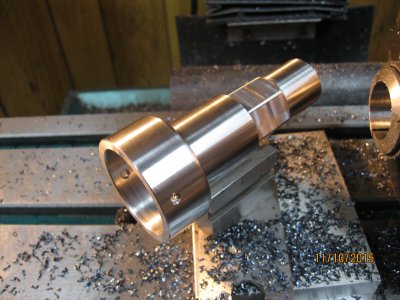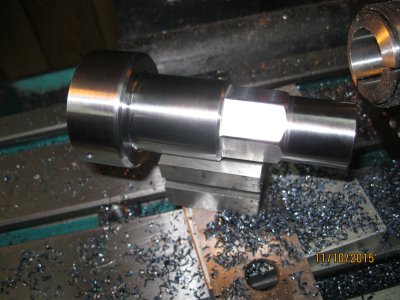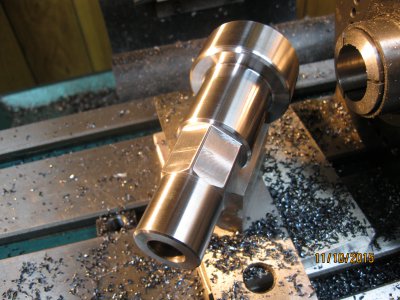F
Firestopper
Forum Guest
Register Today
Franko,
One thing I have learned about casters is they are not created equal. Most every machine in our shop are on casters, some for more than twenty years.
I also use swivels on all four with locks, this helps me stab a machine exactly where I want it with no wiggling. The quality will makes a huge difference. Yesterday, I too replaced four swivel casters from a recently built "rib cage" remnant rack. One of the casters lost its poly tire after only several months. This rack only gets moved a little for cleaning, but was a very easy move for me considering its around 1200 lbs. I had a bunch of fixed and swivel casters left over from the toolbox work bench build, so I switched the four out with the junk HF (same bolt pattern) casters and now I can't easily move the rack. I will be visiting my local caster store for a return this coming week.
At least your drilling and bolting your casters as many folks cut corners by welding them on requiring a lot of work when the time comes for replacement.
I'm not sure what your set up weighs, but perhaps consider adding a gusset to your angle iron supports (down the center between your mounting bolts) as 1/4" material will flex a bit.
This Iron worker comes in at 3500 lbs and only two swivels used as a large 'T" handle can be installed with a single pin for moving. I know it larger than your load but the gusset still applies. All other caster mounted machines are 4 swivel locking casters.
I gan get some pictures of smaller caster mounted machines that use the same type of design (cantilever support) if you like.
A stable machine is makes for a stable operator.
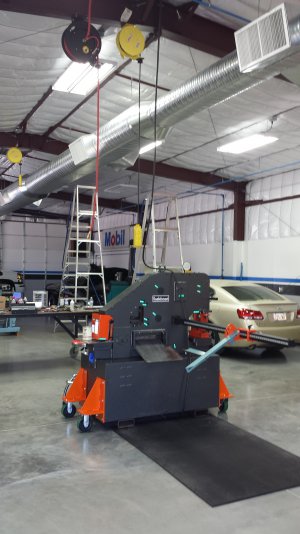
One thing I have learned about casters is they are not created equal. Most every machine in our shop are on casters, some for more than twenty years.
I also use swivels on all four with locks, this helps me stab a machine exactly where I want it with no wiggling. The quality will makes a huge difference. Yesterday, I too replaced four swivel casters from a recently built "rib cage" remnant rack. One of the casters lost its poly tire after only several months. This rack only gets moved a little for cleaning, but was a very easy move for me considering its around 1200 lbs. I had a bunch of fixed and swivel casters left over from the toolbox work bench build, so I switched the four out with the junk HF (same bolt pattern) casters and now I can't easily move the rack. I will be visiting my local caster store for a return this coming week.
At least your drilling and bolting your casters as many folks cut corners by welding them on requiring a lot of work when the time comes for replacement.
I'm not sure what your set up weighs, but perhaps consider adding a gusset to your angle iron supports (down the center between your mounting bolts) as 1/4" material will flex a bit.
This Iron worker comes in at 3500 lbs and only two swivels used as a large 'T" handle can be installed with a single pin for moving. I know it larger than your load but the gusset still applies. All other caster mounted machines are 4 swivel locking casters.
I gan get some pictures of smaller caster mounted machines that use the same type of design (cantilever support) if you like.
A stable machine is makes for a stable operator.



